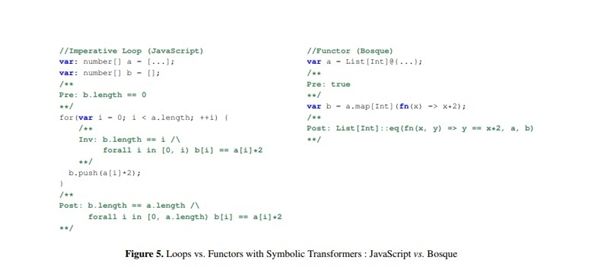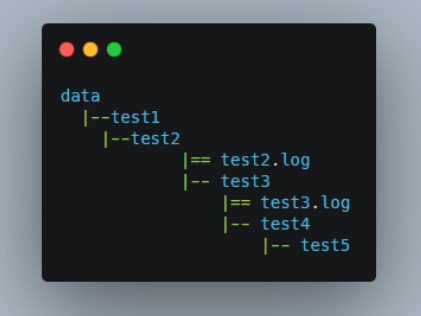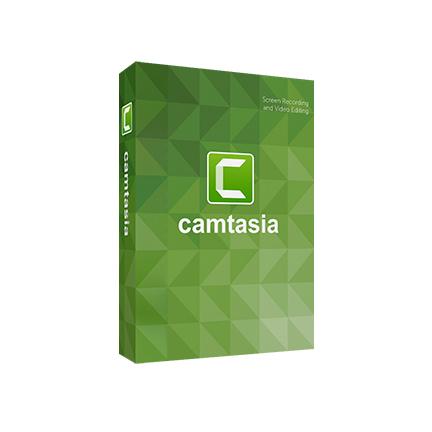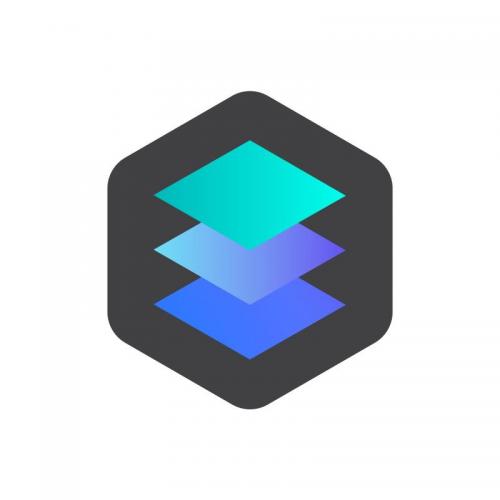学习Go语言中常见的数据结构和使用方法
 发布于2024-10-30 阅读(0)
发布于2024-10-30 阅读(0)
扫一扫,手机访问
掌握Go语言中常见的数据结构及其使用方法,需要具体代码示例
在Go语言中,数据结构是一种组织和存储数据的方式。掌握常见的数据结构及其使用方法对于开发高效的程序至关重要。本文将介绍Go语言中常见的数据结构,并提供具体的代码示例。
- 数组(Array)
数组是一种存储固定大小元素的数据结构。在Go语言中,数组的长度不可变。
代码示例:
package main
import "fmt"
func main() {
// 创建一个长度为5的整数数组
var arr [5]int
// 给数组赋值
for i := 0; i < len(arr); i++ {
arr[i] = i * i
}
// 打印数组的值
for _, value := range arr {
fmt.Println(value)
}
}- 切片(Slice)
切片是Go语言中动态数组的实现。切片的长度可以动态改变。
代码示例:
package main
import "fmt"
func main() {
// 创建一个空切片
var slice []int
// 给切片添加元素
slice = append(slice, 1)
slice = append(slice, 2)
slice = append(slice, 3)
// 打印切片的容量和长度
fmt.Println("Capacity:", cap(slice))
fmt.Println("Length:", len(slice))
// 打印切片的值
for _, value := range slice {
fmt.Println(value)
}
}- 链表(Linked List)
链表是一种用于存储数据的线性数据结构。在Go语言中,可以使用指针来实现链表。
代码示例:
package main
import "fmt"
type Node struct {
data int
next *Node
}
type LinkedList struct {
head *Node
}
func (list *LinkedList) add(data int) {
newNode := &Node{data: data}
if list.head == nil {
list.head = newNode
} else {
current := list.head
for current.next != nil {
current = current.next
}
current.next = newNode
}
}
func main() {
linkedList := &LinkedList{}
linkedList.add(1)
linkedList.add(2)
linkedList.add(3)
current := linkedList.head
for current != nil {
fmt.Println(current.data)
current = current.next
}
}- 栈(Stack)
栈是一种后进先出(LIFO)的数据结构。在Go语言中,可以使用切片来实现栈。
代码示例:
package main
import "fmt"
type Stack struct {
data []int
}
func (stack *Stack) push(value int) {
stack.data = append(stack.data, value)
}
func (stack *Stack) pop() int {
if len(stack.data) == 0 {
return -1
}
value := stack.data[len(stack.data)-1]
stack.data = stack.data[:len(stack.data)-1]
return value
}
func main() {
stack := &Stack{}
stack.push(1)
stack.push(2)
stack.push(3)
value := stack.pop()
for value != -1 {
fmt.Println(value)
value = stack.pop()
}
}- 队列(Queue)
队列是一种先进先出(FIFO)的数据结构。在Go语言中,可以使用切片来实现队列。
代码示例:
package main
import "fmt"
type Queue struct {
data []int
}
func (queue *Queue) enqueue(value int) {
queue.data = append(queue.data, value)
}
func (queue *Queue) dequeue() int {
if len(queue.data) == 0 {
return -1
}
value := queue.data[0]
queue.data = queue.data[1:]
return value
}
func main() {
queue := &Queue{}
queue.enqueue(1)
queue.enqueue(2)
queue.enqueue(3)
value := queue.dequeue()
for value != -1 {
fmt.Println(value)
value = queue.dequeue()
}
}以上代码示例涵盖了Go语言中常见的数据结构及其使用方法。通过学习并掌握这些数据结构,可以提高程序的效率和可读性。希望本文对您学习Go语言的数据结构有所帮助。
产品推荐
-

售后无忧
立即购买>- DAEMON Tools Lite 10【序列号终身授权 + 中文版 + Win】
-
¥150.00
office旗舰店
-

售后无忧
立即购买>- DAEMON Tools Ultra 5【序列号终身授权 + 中文版 + Win】
-
¥198.00
office旗舰店
-

售后无忧
立即购买>- DAEMON Tools Pro 8【序列号终身授权 + 中文版 + Win】
-
¥189.00
office旗舰店
-

售后无忧
立即购买>- CorelDRAW X8 简体中文【标准版 + Win】
-
¥1788.00
office旗舰店
-
 正版软件
正版软件
- 提升Java GUI技能:掌握高级技术,打造卓越的界面
- 1.深入定制组件外观1.1自定义组件外观使用Swing的“外观”功能,可以轻松地更改组件的外观,而无需重新编码。提供了多种预定义的外观,如Nimbus、Metal、Motif等等,只需几行代码即可应用外观。如果需要更高级的定制,可以通过创建自定义外观来实现。1.2调整组件大小和布局通过调整组件的大小和布局,可以创建更具吸引力和易用性的GUI。可以使用BorderLayout、GridLayout、FlowLayout等布局管理器来安排组件,也可以使用自定义布局来实现更复杂的布局。1.3创建自定义组件如果现
- 4天前 动画 组件 swing awt 事件处理 布局 图形用户界面 特效。 0
-
 正版软件
正版软件
- 检测移动设备的 PHP 实现
- 我们将介绍一些在PHP中检测移动设备的方法。在php中使用mobiledetect类检测移动设备我们可以使用名为MobileDetect的轻量级PHP类来检测PHP中的移动设备。它还可以检测平板设备。该库使用某些Http标头和用户代理字符串来检测移动设备。我们可以使用Composer使用以下命令下载库。composerrequiremobiledetect/mobiledetectlib该库提供了各种方法,如isMobile()、isTablet()、isiOS()来检测各种移动环境。我们可以创建Mobi
- 4天前 PHP编程 后端开发 0
-
 正版软件
正版软件
- 回到上一个页面的 PHP 实现
- 本文将介绍PHP中返回上一页的一些方法。在php中使用Http_REFERER请求标头返回到上一页HTTP_REFERER请求标头返回在PHP中请求当前页面的页面的URL。标头使服务器能够确认用户访问当前页面的位置。标头用作$_SERVER数组的索引。我们可以使用带有location标头的header()函数将当前页面重定向到上一页。我们应该将location设置为$SERVER['HTTP_REFERER']以返回上一页。让我们看看HTTP_REFERER标头是如何工作的。例如,在htm
- 4天前 PHP编程 后端开发 0
-
 正版软件
正版软件
- PHP 类的初始化方法
- 在本文中,我们将介绍PHP构造函数。我们将看到如何使用__construct()函数来初始化类中实例的属性。我们还将使用该函数来初始化类中具有给定参数的对象的属性。最后,我们将看到如何在子类中启动对象并在两个类都有单独的构造函数时调用父类构造函数。使用php构造函数初始化类中的对象的属性在下面的示例中,我们将创建一个类Student并使用__construct函数为newStudent分配其属性。__construct函数减少了与使用函数set_name()相关的代码数量。<?phpclassStu
- 4天前 PHP编程 后端开发 0
-
 正版软件
正版软件
- 使用 PHP cURL 进行文件传输
- 本篇文章将指导如何使用cURL和CURLFile类将图像文件发送到服务器。这个想法是将图像文件从一个页面发布到另一个页面上的另一个页面。Index.PHP:首先,我们将文件image发送到index.php。其次,我们将文件重定向到curl.php。Curl.php:之后,我们使用cURLFileclass将其移动到上传文件夹。PHP中的cURLFile上传方法例如,我们将图像发布到index.php页面,然后在curl的帮助下发布到curl.php页面。我们通过使用curl和CURLFile类功能来做到
- 4天前 PHP编程 后端开发 0
最新发布
-
 1
1
-
 2
2
-
3
- Vue组件中如何处理图片预览和缩放问题
- 445天前
-
 4
4
-
 5
5
-
 6
6
- Python实战教程:批量转换多种音乐格式
- 616天前
-
7
- WebSocket协议的优势与劣势分析
- 446天前
-
8
- java动态代理实例代码分析
- 616天前
-
 9
9
- java io文件操作删除文件或文件夹的方法
- 613天前
相关推荐
热门关注
-

- Xshell 6 简体中文
- ¥899.00-¥1149.00
-

- DaVinci Resolve Studio 16 简体中文
- ¥2550.00-¥2550.00
-

- Camtasia 2019 简体中文
- ¥689.00-¥689.00
-

- Luminar 3 简体中文
- ¥288.00-¥288.00
-

- Apowersoft 录屏王 简体中文
- ¥129.00-¥339.00